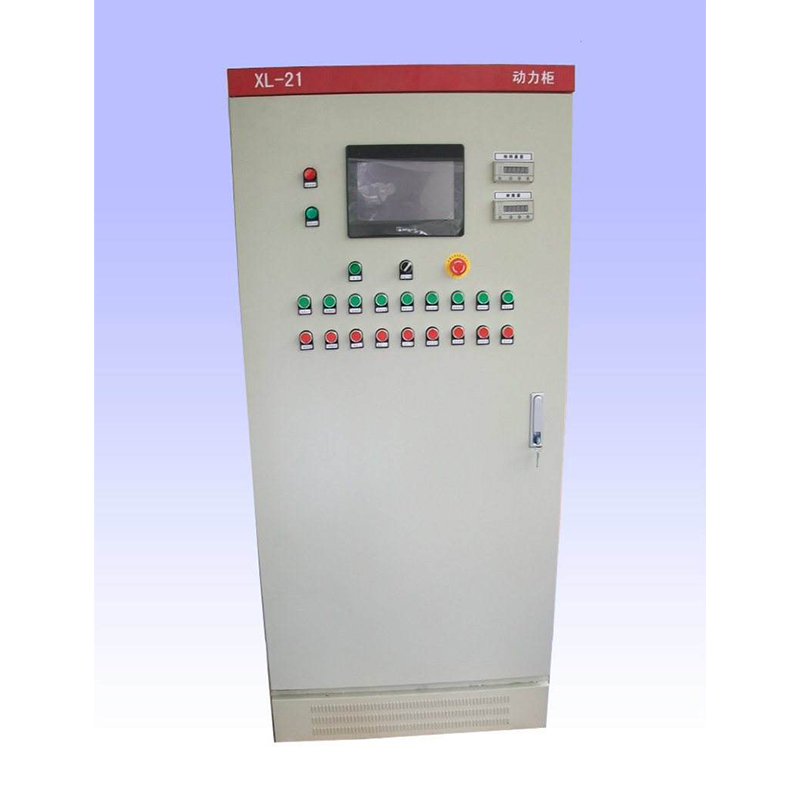
8 月 . 21, 2024 20:29
Back to list
Understanding the Fundamentals of Heat Exchangers and Their Applications
Understanding Heat Exchangers Principles and Applications
Heat exchangers are crucial devices in various industries, facilitating efficient thermal energy transfer between two or more fluids at different temperatures. This critical process is fundamental to numerous applications, ranging from power generation to heating and cooling systems. Understanding the principles and functionalities of heat exchangers can help optimize their performance and enhance energy efficiency in industrial processes.
Principles of Heat Exchangers
At its core, a heat exchanger operates on the principle of thermodynamics, specifically the second law, which states that heat naturally flows from a hotter object to a cooler one. Heat exchangers are designed to maximize this heat transfer while minimizing the energy loss associated with the process. They achieve this through a combination of conduction and convection, allowing thermal energy to move from the hot fluid to the cold fluid without mixing them together.
Key parameters that influence a heat exchanger's performance include surface area, temperature difference between the two fluids, and the flow arrangement of the fluids. The effectiveness of a heat exchanger is often expressed using the NTU (Number of Transfer Units) method or the effectiveness-NTU relationship, which helps determine the heat transfer rate and efficiency of the device.
Types of Heat Exchangers
There are several types of heat exchangers, each suited to specific applications and industries. The most common types include
.
2. Plate Heat Exchangers These consist of multiple thin plates stacked together, creating a series of channels for the fluids to flow through. They are highly efficient and easy to clean, making them ideal for heating and cooling applications in food and beverage processing.
مبادل حراري

3. Air-cooled Heat Exchangers Utilizing ambient air to cool hot fluids, these exchangers are often used in HVAC systems and industrial processes where water usage must be minimized.
4. Double-pipe Heat Exchangers Simple yet effective, these consist of one pipe inside another. One fluid flows through the inner pipe while the other flows through the annular space between the two pipes. They are typically used for small-scale applications.
Applications of Heat Exchangers
Heat exchangers play a vital role in various industries
- Power Generation In power plants, heat exchangers are used to transfer heat from combustion gases to water, generating steam to drive turbines. - Chemical Processing These devices maintain optimal temperatures for reactions by controlling heat transfer, enhancing efficiency in chemical reactors.
- HVAC Systems In heating, ventilation, and air conditioning systems, heat exchangers help regulate indoor temperatures, contributing to energy savings and comfort.
- Food and Beverage Industry They are essential in pasteurization and refrigeration processes, ensuring food safety and quality.
Conclusion
In conclusion, heat exchangers are integral to achieving energy efficiency and maintaining process stability across various sectors. Their ability to facilitate thermal energy transfer while minimizing energy loss is crucial for modern industrial applications. As technology advances, ongoing innovations in heat exchanger design and materials are likely to enhance their efficiency and effectiveness, further supporting sustainability efforts in energy consumption. Understanding their principles and applications not only informs their design but also plays a pivotal role in optimizing overall system performance.
Latest news
-
Unlocking The Quality Gas Pressure ReducersNewsNov.01,2024
-
The Role of Gas Pressure Reducing StationsNewsNov.01,2024
-
The Importance and Functionality of Safety Relief ValvesNewsNov.01,2024
-
The Essential Role of Safety Valves in Natural Gas ApplicationsNewsNov.01,2024
-
The Essential Role of Gas Pressure RegulatorsNewsNov.01,2024
-
Enhance Your Premium Gas FiltersNewsNov.01,2024

